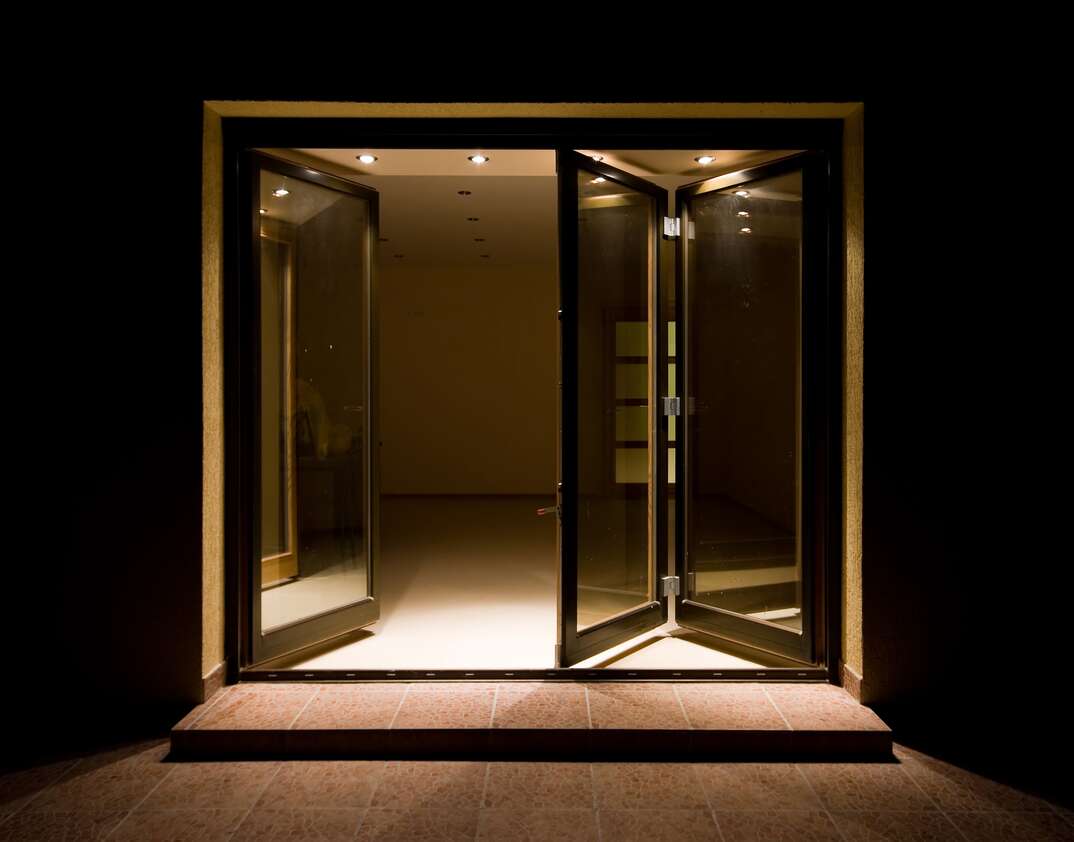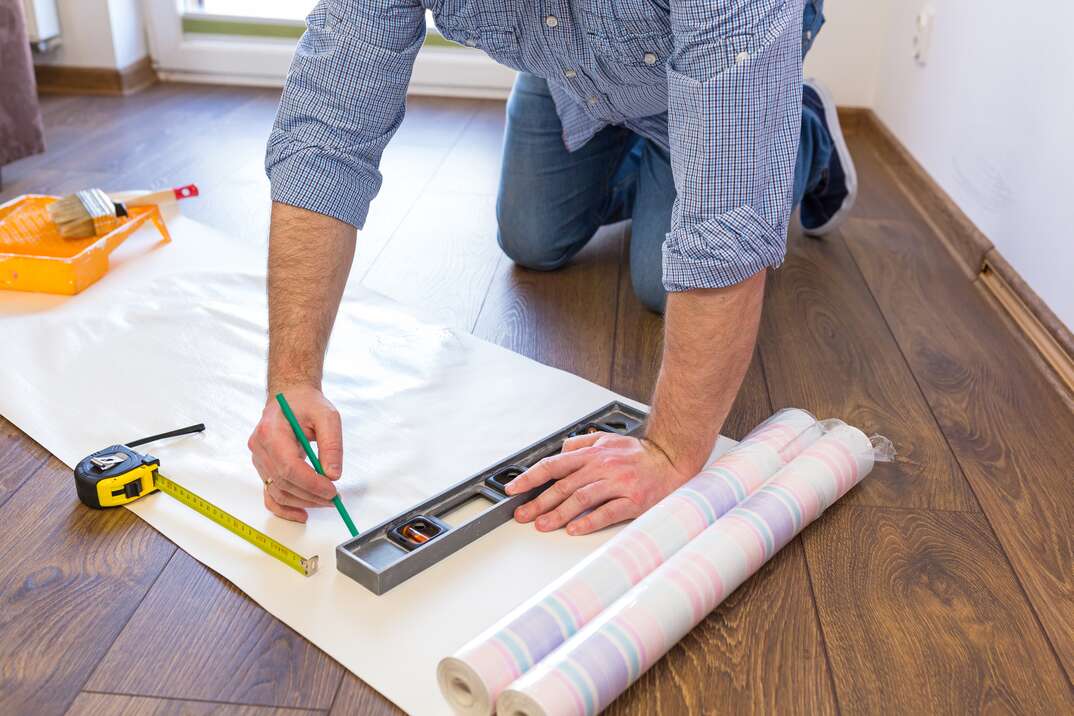Bifold and Your Billfold: How Much Does It Cost to Install Bifold Patio Doors?

You may be familiar with bifold doors as closet doors. They’re one of the most popular models of closet doors because they’re durable and versatile. Add some glass, however, and they transform into classy patio doors that can be a centerpiece in your home. Because they open fully, they can blend your interior and exterior into one open space.
This May Also Interest You: How Much Does It Cost to Install Doors?
Named after their panels, bifold doors fold in on themselves and against the wall. Typically, bifold doors are made up of two to seven panels held together with hinges, and they fold like an accordion when you open them. Bifold doors can be made from aluminum, wood or plastic. Most exterior doors are also fitted with glass.
There are several benefits to having a bifold door: They’re easy to install and maintain, they can make your deck or patio a more functional space and they're more secure than other types of patio doors.
If you’re thinking about installing exterior bifold doors, here’s what to expect in terms of price.
How Much Do Bifold Doors Cost?
Bifold doors tend to be on the expensive side. According to Porch, bifold doors cost about $99 to $120 (CAD 140 to CAD 165) per door unit, which can add up if you want to add them to a full wall. This does not include the cost of installation. Labor costs could increase your spending to between about $240 to $525 (CAD 330 to CAD 720) or more.
In addition to size, a major factor contributing to the cost is the material. Aluminum bifold doors tend to be the priciest, as they offer more longevity and durability. Glass panels will also add to the price.
Sliding Doors Vs. Bifold Doors
It might be helpful to compare bifold doors to sliding doors, another popular style of patio door. Typically, sliding doors have two panels: one that remains stationary and another that moves and slides against it. Sliding doors are usually made of stainless steel, aluminum or plastic. Sliding doors come in many designs — such as pocket doors that disappear into a compartment to maximize space — and are especially popular in Europe and New York.
Sliding doors are more flexible than bifold doors. For example, sliding doors can be opened just an inch or two if you desire fresh air but don’t want the room to get cold. Sliding doors also require fewer panels, so there’s often more glass than what you can get with bifold doors. This means that sliding doors generally let in more light than bifold doors.
On the other hand, one of the biggest benefits of a bifold door is its durability. Sliding doors are not as sturdy, and cheaper doors can fall off their tracks. Their larger panes of glass might offer a good view, but they may be more susceptible to break-ins.
More Related Articles:
- How Much Does It Cost to Build a Deck?
- How to Stain and Seal Your Deck
- How to Build a Fire Pit
- How Much Does an Inground Pool Cost?
- How to Fix a Screen Door
Are Bifold Doors More Expensive Than Sliding Doors?
Generally, bifold doors are pricier because of the higher number of individual panels. They also need a large opening wherever they are installed.
According to This Old House, sliding doors cost anywhere from $500 to $12,000 (CAD 700 to CAD 16,500), depending on the size and materials used. While some models might be more expensive, in general, sliding doors are less expensive than bifold doors.
Are Bifold Doors Worth the Money?
Whether the price is worth it for you comes down to the look. Bifold doors offer a classy style while still maintaining functionality. They can be completely opened, giving you more usable space. When used as exterior doors, bifold doors feature glass that is lighter than that used by sliding doors. Although sliding doors let more light in, bifold doors still allow plenty of natural light and fresh air into the home.
Whether you should get a bifold or sliding door depends on your home, preferences and budget. The most important thing is to make sure that the installation and materials are high-quality.
All CAD conversions are based on the exchange rate on the date of publication.


